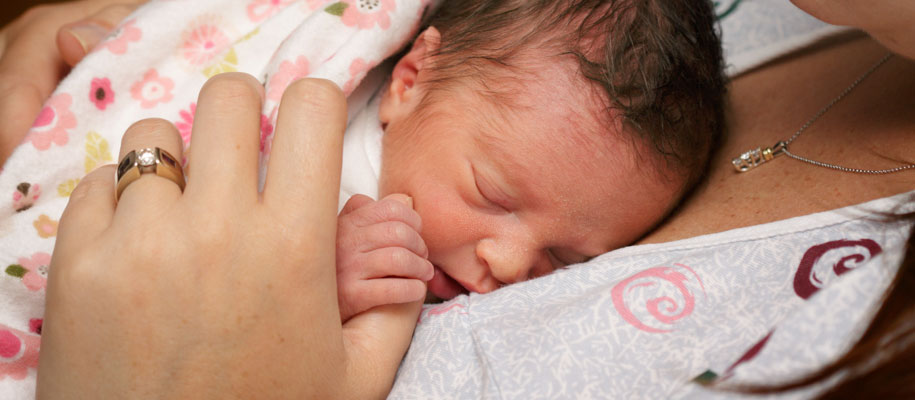Neonatal Hypothermia
Neonatal Hypothermia-
Definition
Neonatal hypothermia develops when the body temperature of the neonates drops below 36.5°C or 97.7°F. The normal range of axillary temperature in neonates is 36.5°C-37.5°C (97.7°F-99.5°F).
Stages of Hypothermia in Neonates
- Cold Stress-A new born baby with body temperature of 36-36.4°C (96.8-97.5°C) is suffering from cold stress.
- Moderate Hypothermia-A neonate with body temperature of 32-35.9°C (89.6-96.6°F) is having moderate hypothermia.
- Severe Hypothermia-A neonate with body temperature of below 32°C (89.6°F) has severe hypothermia.
Factors Responsible for Neonatal Hypothermia-
- Lack of awareness about the importance of warmth of neonates.
- Separation of baby from mother.
- Inadequate warming at birth and during transport to other area.
- Cool environment of baby care areas.
- Change of temperature from womb to cooler external environment.
- Excessive heat loss by evaporation, conduction, convection and radiation from wet baby, cold linen, exposure to air, etc.
- Certain characteristics of neonates
- Poor ability to conserve body heat due to large body surface, large head and developmental immaturity of heat regulating centre for thermal control.
- Poor insulation due to less subcutaneous fat in low birth weight baby.
- Poor heat production due to lack of brown adipose tissue.
Clinical Manifestations of Neonatal Hypothermia
a) Early Signs
- axillary temperature of the baby below 36.5OC.
- hands, feet and abdomen are cold to touch.
- poor sucking, weak cry and lethargy.
- blue hands and feet due to peripheral vasoconstriction.
b) Late Signs due to Persistent Hypothermia
- slow, shallow, irregular respiration.
- slow heart rate and lethargy.
- more fall of body temperature.
- body pale, face and extremities may be bright red colour.
- central cyanosis may be present.
- oedema and Sclerema may be present.
Effects of Hypothermia-
Hypoxia, Hypoglycaemia, Metabolic Acidosis, Jaundice, Respiratory Distress Syndrome, Neonatal Infections, Sclerema. Impaired Cardiac Functions, Haemorrhages, Sudden Infant Death Syndrome, Impaired Growth and Development, Mental Retardation, etc.
Prevention of Hypothermia
- Delivery in warm environment.
- Drying the neonates and removal of wet linen.
- Wrapping the baby in layers of cloth, ensuring head is well covered.
- Keeping the baby with the mother (Rooming-in).
- Providing extra warmth by radiant warmer or room heater etc., whenever necessary.
- Avoiding baby bath for few days specially in winter.
- Early breast feeding and skin to skin contact (Kangaroo-care) of mother and baby.

- Monitoring baby’s temperature:
- -3 hourly during initial period
- -Axillary temperature is as good as core temperature
- -Low reading thermometer to be used-Rectal temperature is taken to detect severity of hypothermia, with necessary precautions.
- Preventing heat loss by convection, (i.e. through open windows, fans), by conduction (i.e. to cold object, linen) by radiation (i.e. to cold walls, cold equipment) and by evaporation (i.e. by wet body surface, undue exposure) etc.
- Maintaining temperature of the baby care area, 28 + 2OC for term body and 30 + 2OC for LBW baby.
- Maintaining warm chain during baby care.
- Oil massage is both scientifically and culturally acceptable as it provides insulation against heat loss and reduces insensible water loss.
- Explaining the mother about maintenance of warmth of baby at home by adequate clothing, warm room, warm water bath, skin to skin contact, breast feeding, solar heat, etc.
Management of Hypothermia
- Rapid rewarming of baby by warmer
- Administration of glucose by I/V route or N.G. tube feeding.
- Oxygen inhalation.
- Early breast feeding.
- Kangaroo care i.e. skin to skin contact with mother.
- Administration of antibiotics and vita-K.
- Monitoring body temperature and effects of hypothermia.